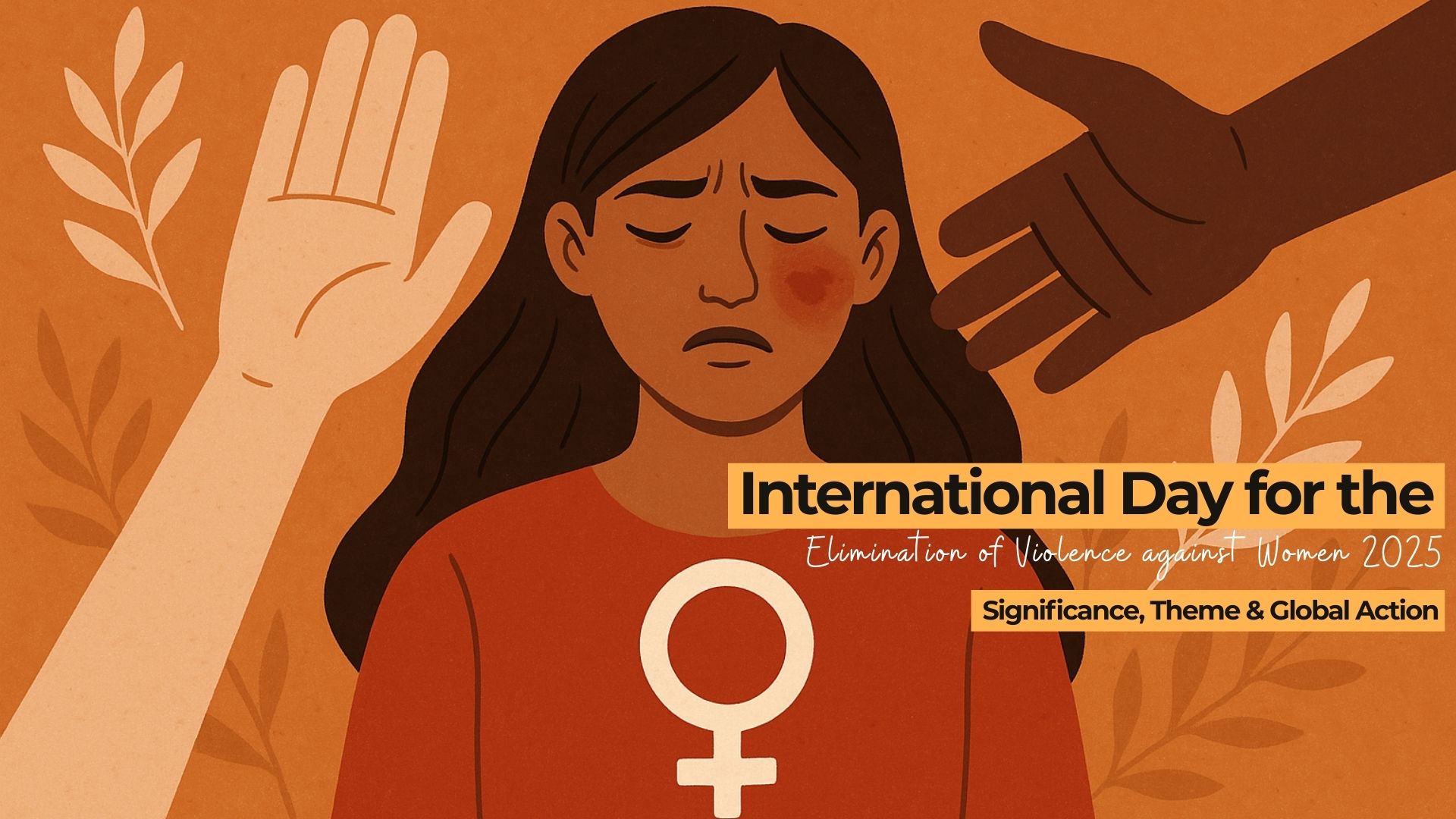Why This Day Matters
The International Day for the Elimination of Violence against Women, observed annually on
November 25, serves as a poignant reminder of the ongoing struggle to combat gender-based
violence worldwide. Established by the United Nations General Assembly in 1999, this day
honors the Mirabal sisters of the Dominican Republic, political activists who were brutally
murdered in 1960 under the Trujillo dictatorship. Their tragic story symbolizes resistance
against tyranny and injustice, making November 25 not just a day of remembrance but also a
rallying cry for collective action.
>This day is deeply rooted in the United Nations’ commitment to advancing human rights and
achieving Sustainable Development Goal 5: Gender Equality. Despite decades of advocacy,
violence against women remains a pervasive issue, cutting across all cultures, classes, and
regions. It is both a consequence and a symptom of entrenched societal inequalities. By
spotlighting this issue, the international community underscores its resolve to create a world
where women and girls can live free from fear, harm, and discrimination.
>Global Statistics: The Scope of the Crisis
The scale of violence against women is staggering, affecting millions of lives and leaving
indelible scars on individuals and societies alike. Consider the following global statistics:
One in three women worldwide has experienced physical or sexual violence,
predominantly by an intimate partner (World Health Organization, 2021).
In 2021, nearly 137 women were killed daily by a family member, illustrating the
dangers many women face in their own homes (UNODC).
More than 200 million girls and women alive today have undergone female genital
mutilation (FGM), a practice prevalent in 30 countries across Africa, the Middle East,
and Asia (UNICEF).
During humanitarian crises and conflicts, women face heightened risks of violence,
with 70% of women in conflict zones experiencing sexual violence (UN Women).
The economic toll is equally severe. Violence against women costs the global economy $1.5
trillion annually, a figure that represents lost productivity, healthcare costs, and legal
expenses (World Bank). These figures underscore not only the human cost but also the
systemic impact of gender-based violence.
Forms of Violence: A Spectrum of Harm

